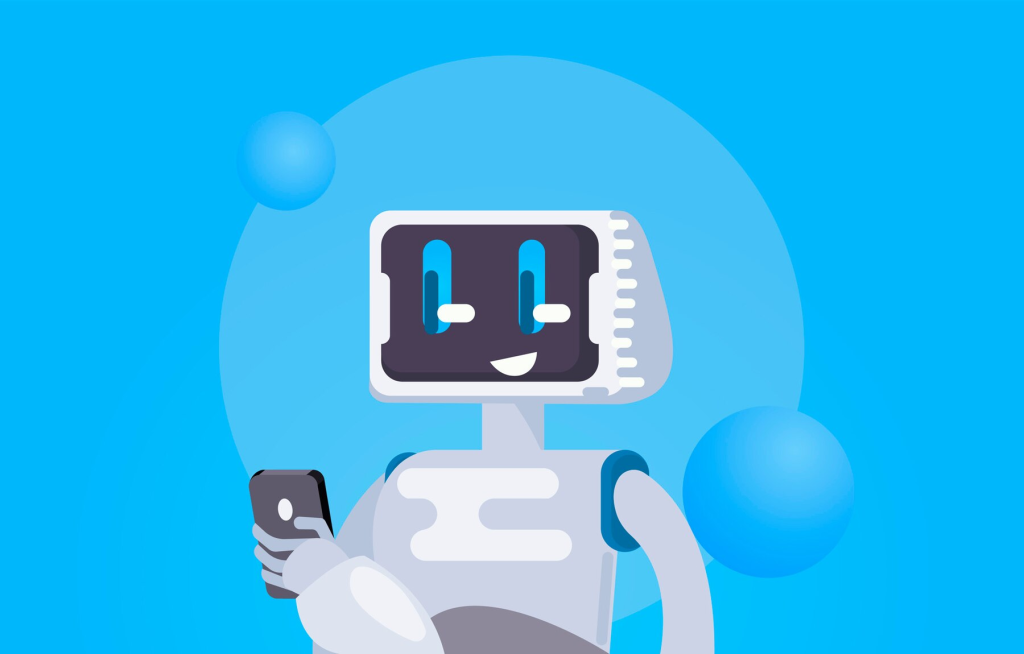
In the digital age, chatbots have become an integral part of business-customer interactions. They play a crucial role in building customer trust and driving business profits.
I. What is Chatbot Customer Engagement?
Chatbot customer engagement refers to the interaction between customers and chatbots designed by businesses. These chatbots are programmed to answer customer inquiries, provide information, and assist in various tasks. For example, when a customer visits an e-commerce website and asks about a product’s availability or features, the chatbot can respond promptly. It can also guide the customer through the purchasing process, from selecting items to finalizing the order.
II. Why Chatbot Customer Engagement is Important
- Building Customer Trust
- Immediate Responses: Chatbots can provide instant answers 24/7. Customers don’t have to wait for business hours to get their questions answered. This quick response time shows customers that the business values their time and is committed to helping them. For instance, if a customer has an issue with a product late at night, the chatbot can offer initial troubleshooting steps right away.
- Consistent Information: Chatbots deliver consistent information every time. Unlike human agents who might have variations in their responses, chatbots follow predefined scripts and knowledge bases. This consistency makes customers feel more confident in the information they receive.

- Driving Business Profits
- Increasing Sales: By guiding customers through the purchasing process, chatbots can help close more sales. They can suggest related products or offer discounts and promotions. In an online clothing store, the chatbot can recommend matching accessories when a customer buys a dress, increasing the average order value.
- Reducing Costs: Chatbots can handle a large volume of customer inquiries simultaneously, reducing the need for a large customer service team. This cuts down on labor costs while still providing quality service.
III. How to Optimize Chatbot Customer Engagement
- Understand Your Customers
- Analyze Customer Data: Look at past customer interactions with the chatbot and other channels. Identify common questions and pain points. If many customers are asking about shipping times, the chatbot can be updated to provide more detailed and clear shipping information.
- Segment Your Customers: Group customers based on their behavior, preferences, or demographics. Tailor the chatbot’s responses accordingly. For example, offer different product recommendations to new customers versus repeat customers.
- Improve Chatbot Design
- Use Natural Language Processing: Ensure the chatbot can understand and respond in a natural way. It should be able to handle different phrasings of the same question. Instead of just recognizing “What is the price?”, it should also understand “How much does it cost?”
- Provide a Friendly Interface: The chatbot’s appearance and tone should be inviting. Use emojis or a friendly language style. A chatbot for a children’s toy store can have a more playful and colorful interface.
- Continuously Update and Train
- Update Knowledge Base: Keep the chatbot’s information up to date. If there are new products or changes in policies, the chatbot should be updated immediately.
- Train with New Data: Use new customer interactions to train the chatbot and improve its performance. If it makes mistakes in answering certain questions, correct it and retrain.

In conclusion, chatbot customer engagement is a powerful tool for businesses. By focusing on building customer trust and driving profits through effective engagement strategies, businesses can gain a competitive edge in the market. With continuous improvement and optimization, chatbots can become even more valuable assets in the customer service and sales process.





